About Xiamen

Located in the southeast of Fujian Province, Xiamen is a hub city, a premier international seaport and a popular tourist destination on the southeast coast of China, reputed as the “Garden on the Sea”. The city of Xiamen consists of Xiamen Island, Gulangyu Island, Haicang Peninsula on the western coast, Jimei Peninsula on the northern coast, Xiang’an Peninsula on the eastern coast, Dadeng Island, Xiaodeng Island, inland Tong’an, and the Jiulong River, covering a land area of 1699.39 square kilometers and a sea area of over 390 square kilometers. Xiamen Island proper, the fourth largest Island in Fujian Province, is 13.7 kilometers long from north to south and 12.5 kilometers wide from east to west, spreading over an area of 155.89 square kilometers. The city has six administrative districts - Siming, Huli, Jimei, Haicang, Tong’an, and Xiang’an. By the end of 2016, Xiamen was home to 3.92 million residents. The city’s population is predominantly Han Chinese, with ethnic groups of She, Hui and others. Xiamen is one of the major ancestral homes of overseas Chinese and Hong Kong, Macao and Taiwan compatriots.
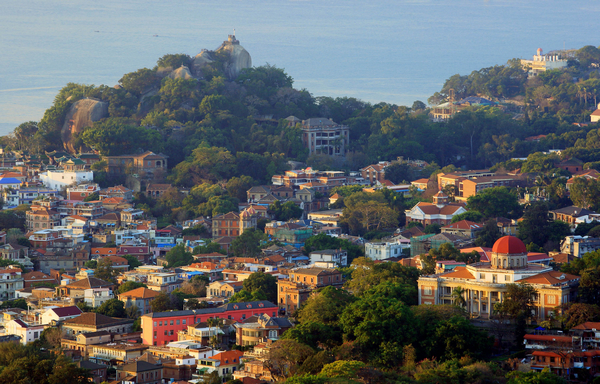
Legend has it that in ancient times, Xiamen was a habitat of egrets, hence its nickname as “Island of Egrets”. In the Ming and Qing Dynasties, Xiamen was under the administrative jurisdiction of Quanzhou Prefecture. In the 20th year of the Hongwu reign (1387), construction began on the “Town of Xiamen” (“Xiamen” literally means “the gate of the national edifice”), a name that has since gone down in history. Since the State Council approved the establishment of Special Economic Zone in Xiamen on October 7, 1980, the city has ushered in a period of robust growth. It has been accredited with various laurels, including “National City of Excellence in Civil Ethics” (top position for 4 consecutive terms), “National Model City for Environmental Protection”, “National Sanitary City”, “National Garden City”, “LivCom Award”, “China Habitat Award” and “UN Habitat Scroll of Honor Award”.
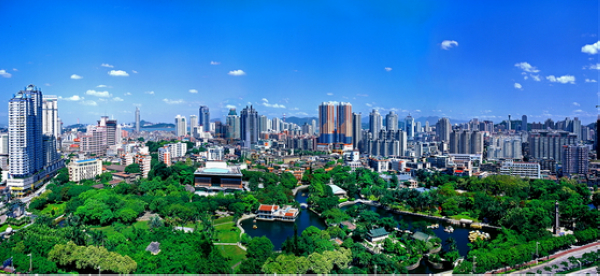
As a beautiful coastal city, Xiamen was once accredited as “Oriental Hawaii”. Verdant hills and clear lakes dot the landscape. There are lush greenery and exuberant flowers everywhere you turn, and people bask in the sunshine and fresh air. The city never fails to mesmerize its visitors with its stunning natural beauty, rich cultural heritage, and unique fusion of humanity and nature, tradition and modernity.
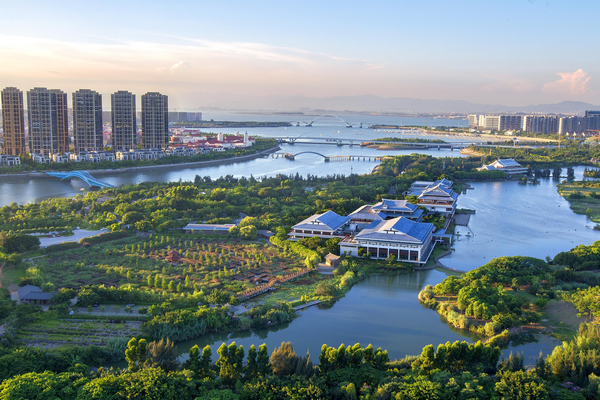
Xiamen is where the sea meets with the city. It is endowed with verdurous mountains, turquoise sea, blue sky, blooming flowers and egrets, which complement each other and constitute perpetual natural beauty. There is Gulangyu Island, which is dotted by exotic East-meet-West villas and townhouses, and Xiamen University, reputed to be the “Strength of Southern China”. There are also pearly white beaches with gentle waves, and the breathtaking view along the Island Ring Boulevard.
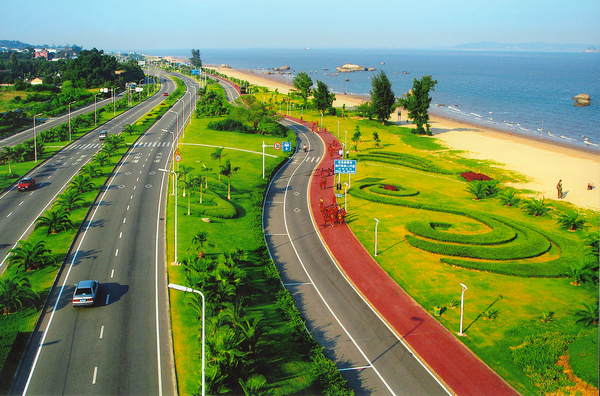
Xiamen, a jewel on the southeast coast of China, is enchanting not only because of its beautiful scenery but more importantly, for its unique urban characteristics. Integrating the cultures of overseas Chinese, western countries and South Fujian, it is where history and tradition merge with modernity and urbanity. It is also home to diversified cultures.
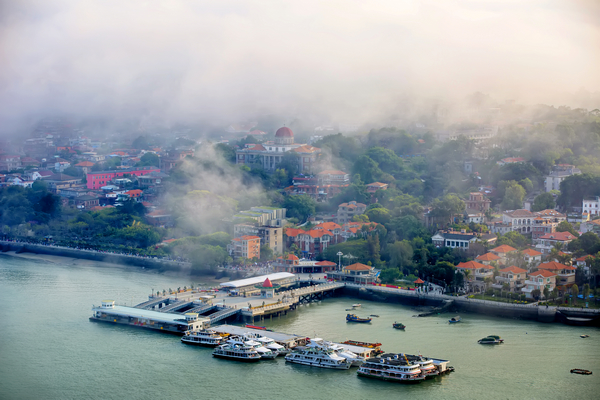
This is a city steeped in history and tradition, where the intriguing Minnan (South Fujian) opera with its distinctive falsetto singing is persevered as a beautiful and timeless craft, and deep-rooted folk customs are enthusiastically practiced. The city’s elaborate folk crafts are testaments to its millennium-old history. With its dazzling array of local dishes and snacks, culinary discoveries can be made just about anywhere in the city.
This is a dynamic and vibrant metropolis where people have sophisticated tastes and sense of fashion. Young people find inspirations in modern culture and arts. Here in the city, the ancient and the modern, tradition and fashion, tranquility and vibrancy mix well with each other. The city greets guests from across the world with open arms and offers them a place to pursue dreams with confidence and creativity.
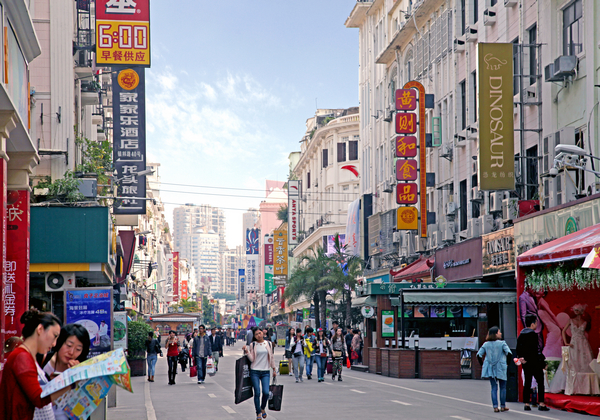
This is one of the safest and friendliest cities in China. The warmth and hospitality of its residents makes the city a great place to visit, the wide selection of commodities and the quality business services make the city a shoppers’ paradise, and the spirit of volunteerism is deeply rooted in close-knit communities.
Xiamen is endowed with an enchanting landscape and a pleasant climate. It has a subtropical climate, characterized by balmy summer, mild winter and ample rainfalls. The annual average temperature is about 21℃.The city’s topography is dominated by seaside plains, terrace mesas, and hills. The terrain is tilted from northwest to southeast, and the north and west are mostly low hills. Yunding Mountain is the highest peak of the city, rising 1,175.2 meters above sea level. Watersheds of varied sizes cover the whole city, flowing into the sea through individual estuaries. Xiamen has a coastline of 234 kilometers. Right outside Xiamen Port area lie a string of islands including Kinmen Islands, Dadan and Erdan Islands while in the inner harbor area are Xiamen Island and Gulangyu Island, making it a natural deep-water harbor. The seas around Xiamen teem with marine life, with nearly 2,000 marine species, including 157 species of fish with economic value, 89 species of mollusks, 127 species of shellfish, and 139 species of algae. Xiamen is also a major center for fruit production, growing 52 varieties of fruit trees in 8 categories, including tropical, subtropical and temperate fruits. Long’an is the most cultivated fruit tree, followed by litchi, bananas, orange/tangerine, and a variety of fruits.
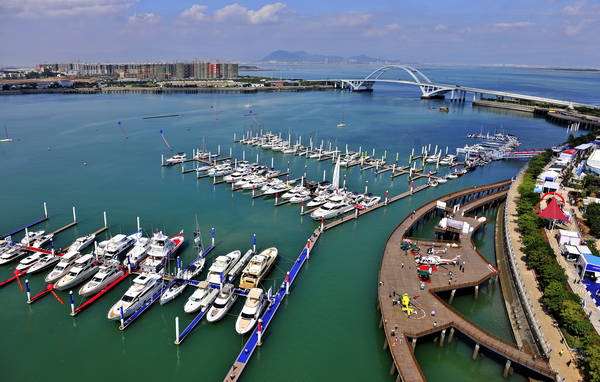
Xiamen is green all year round and the city is literally enveloped by lush greenery. The local government has designated half of the urban and rural areas as ecological preserves. Forest parks, wetland parks, lakeside parks, specialty parks, neighborhood gardens, and community gardens are scattered around the city. Xiamen boasts a green coverage rate of 41% in its built-up areas, a per capita green area of 11.4 square meters, and a forest coverage rate of 57.6%. In addition, Xiamen is home to a 33,088-hectare national-level nature reserve for rare marine species. Purple swamphen, dubbed “the world’s most beautiful waterfowl”, has reappeared in Xiamen’s Xinglin Bay in 2012, after an absence of 144 years.

Since the 1980s, Xiamen has entered into a new era riding on the back of China’s reform and opening-up drive. Over the past three decades, Xiamen Special Economic Zone has advanced by leaps and bounds, and the growth momentum continues unabated.
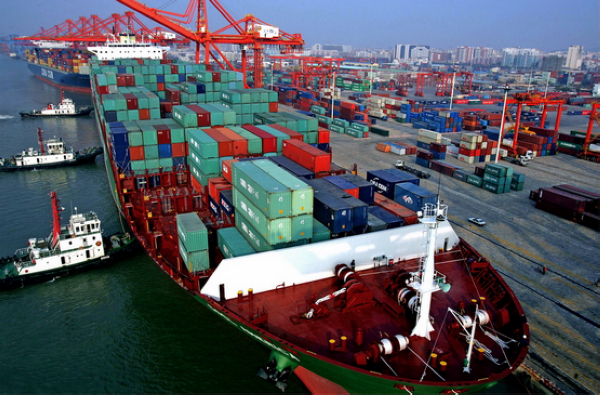
Boasting a natural deep water port, Xiamen’s navigation channels within the port area are mostly over 10 meters deep, allowing ships with a gross deadweight tonnage of up to 50,000 to pass freely. Therefore it had been a major port for foreign trade historically. In 2015, Xiamen ranks the 16th among international mega ports in container throughput. Xiamen Airlines operates nearly 30 international flight routes and more than 200 domestic flight routes. With rapid economic growth, high-speed railway, expressway and high-speed telecommunication networks have been built, making Xiamen a major transport hub on China’s southeastern coast.
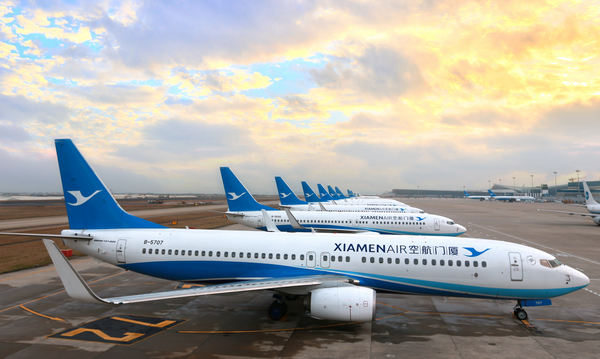
Singapore, Thailand and other Southeast Asian countries have successively opened consulates in Xiamen. The city is hosting an increasing number of international conferences, sports competitions and exchange events. The China International Fair for Investment and Trade, Xiamen International Marathon, Xiamen Stone Fair, Xiamen World Ocean Week, and the Cross-Strait Cultural Industries Fair have become Xiamen’s signature events in their respective fields. The MICE industry is on track to become one of the city’s major economic sectors.
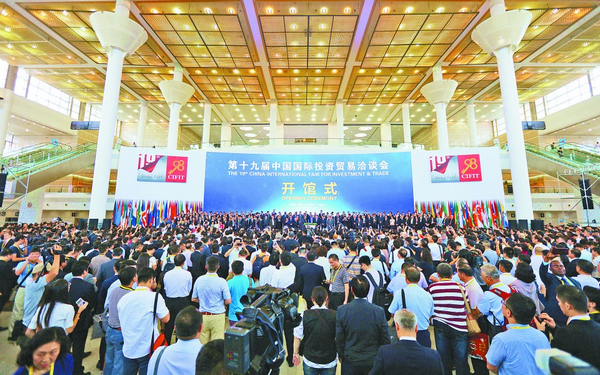
Xiamen’s manufacturing industry has also soared, by tapping into the vast global market and flourishing domestic market. Capital from more than 90 countries and regions has flocked into Xiamen, and Fortune 500 companies have invested over 100 projects in the city to take advantage of its world-class business environment.
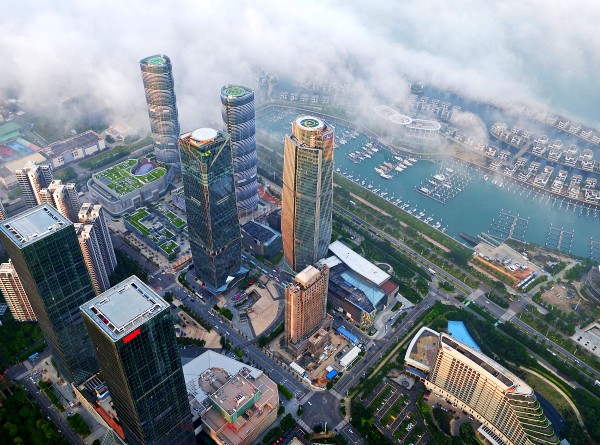
Since the inception of the new century, Xiamen has begun to upgrade and transform its industries, giving priority and policy support to the high-tech, new material, alternative energy, and high-end service sectors, which prioritizes low-carbon, eco-friendly and high added-value. A number of high-tech parks and new industrial clusters have sprouted up.
The demand for skills is met by Xiamen’s dozens of universities and vocational and technical colleges. Here in the city, public and private schools thrive side by side, providing an endless supply of talents for businesses and institutions.

In 2016, Xiamen's GDP reached RMB 378.425 billion, posting a 7.9% increase year-on-year, with a per capita GDP of RMB 96,536. Fixed-asset investment totaled RMB 215.981 billion, surging 14.4% from the previous year. The value of new contractual foreign investments reached USD 7.568 billion, and the value of actually utilized foreign investment amounted to USD 2.224 billion. The service sector accounted for 69.1% of the Xiamen’s economic growth. The city received 67.7016 million domestic and overseas visitors, reaping RMB 96.826 billion in tourism revenue.
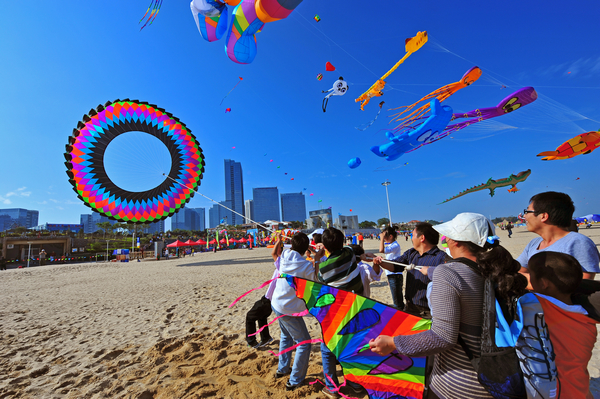
By the end of 2016, the city’s basic pension insurance scheme and basic medical insurance scheme have covered 2.39 million and 3.36 million residents respectively. The monthly pension for enterprise retirees increased to RMB 3,291 on average. And the people’s standard of living has constantly improved, with a multi-channel housing security system in place, the medical resources being optimally allocated, and the education sector steadily expanding.
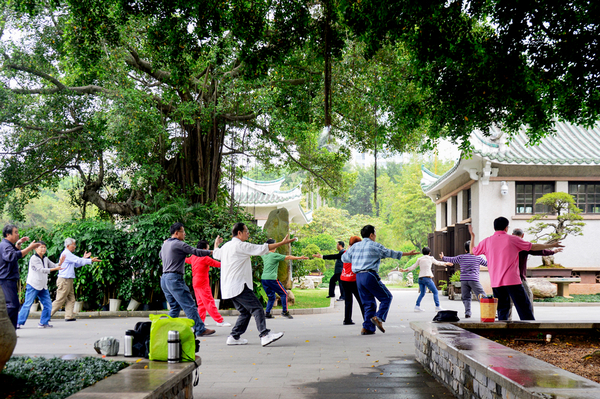
Xiamen is an open and inclusive city, with ever-growing international appeal.
From the 16th century onwards, Xiamen has become China’s major port for tea export. In the mid-19th century, Xiamen was declared open for foreign trade, bringing an influx of churches, hospitals, schools and foreign trading firms, and turning Xiamen into an international community with rich cultural diversity as well as a melting pot of Eastern and Western cultures.
In 1980, Xiamen set up a Special Economic Zone, making it the frontier and testing ground for China’s reform and opening-up policy. According to the Chinese government’s “Belt and Road” Initiative blueprint, Xiamen is set to become the strategic pivot city of the 21st Century Maritime Silk Road in this new era. With China(Xiamen)-Europe freight trains running along the Silk Road Economic Belt across the Eurasia Continent, Xiamen is conveniently connected to the Polish city of Lodz, the gateway to Eastern Europe, thus linking the maritime silk road with the on-land silk route.
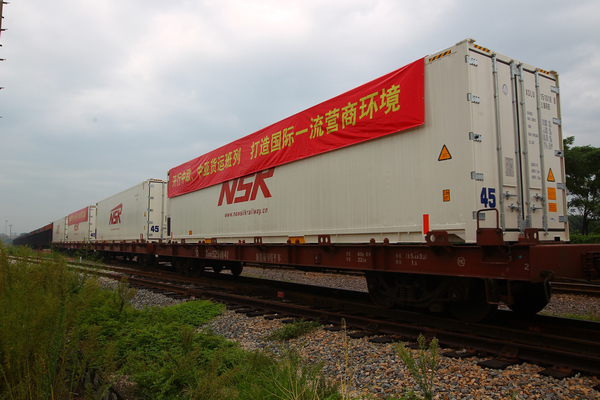
The 30 years of reform and opening-up drive have transformed Xiamen and the life of its people. It is not just a city’s success story, but also the epitome of China’s development.
At community level, efforts have been made towards greater citizen participation, more formalized volunteer service, neighborhood beautification, diversified cultural activities and easily accessible public & community services. In these close-knit communities, residents look out for each other and value good neighborliness, healthy lifestyle and diversity.
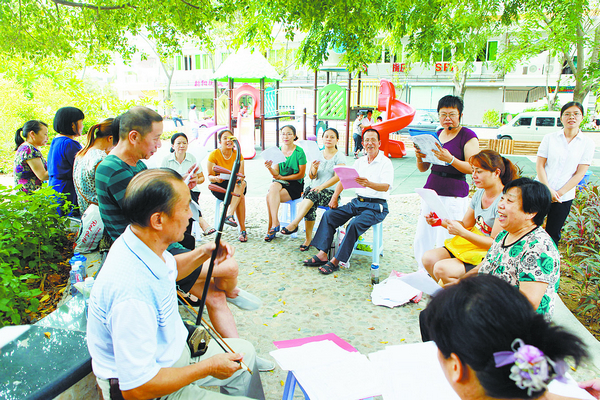
Nowadays, Xiamen is poised to embrace the historic opportunities for deepening reform and expanding international cooperation, by leveraging the “Belt and Road” Initiative and Pilot Free Trade Zone policies.
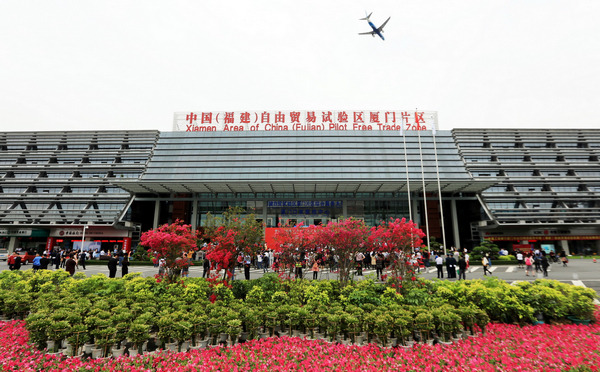
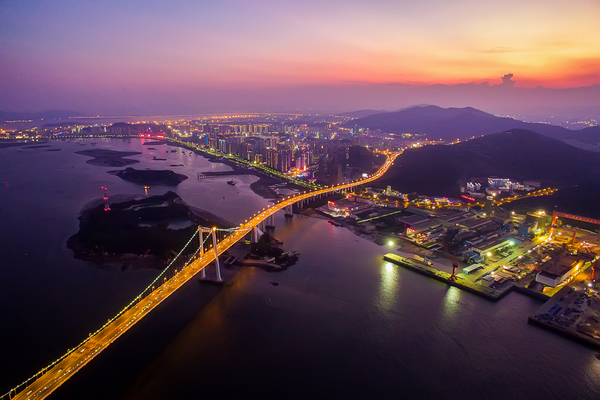
In the next five years, Xiamen’s strategic priority is to become a demonstration city for “Five Development Concepts”. Efforts will be made to build Xiamen into an innovation-driven city, a “central city” with coordinated development, a green city leading in ecological conservation, a strategic pivot city in opening-up and an inclusive city with benefits shared by its people. Xiamen sets its goal as leading in the task of building a moderately well-off society in all aspects, achieving an annual GDP growth of 8.5%, and catching up with medium-developed countries in terms of per capita GDP and Human Development Index.
A beautiful, inclusive and sustainable coastal city, Xiamen is ready to welcome friends from all continents.
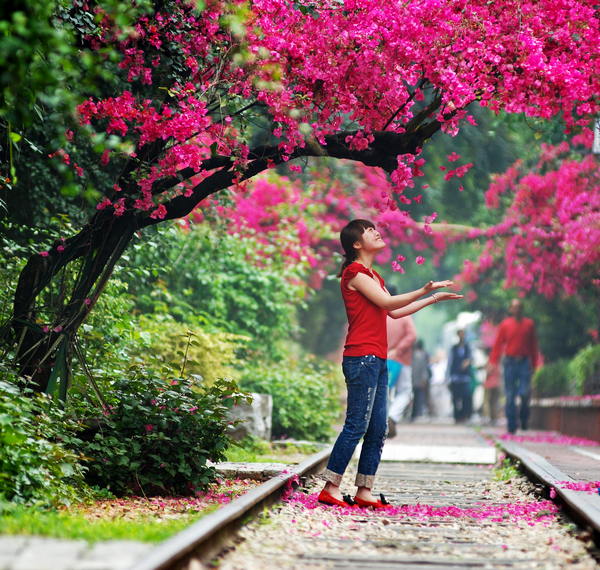
City Flower—Bougainvillea

City Tree—Flamboyant Tree
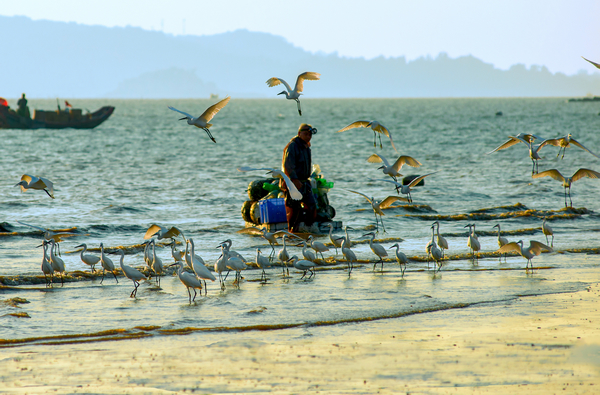
City Bird—Egret
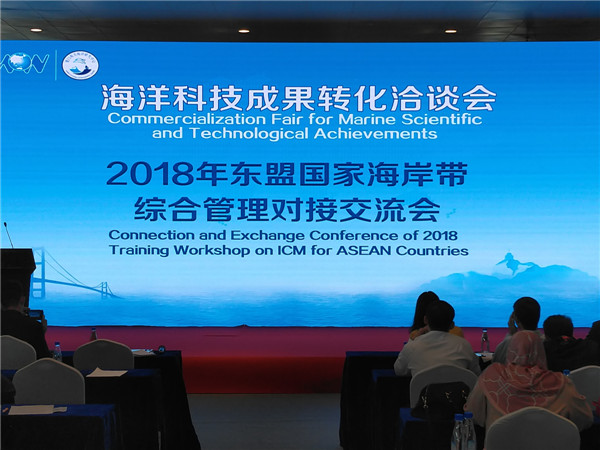
The Connection and Exchange Conference of 2018 Training Workshop for ASEAN Countries
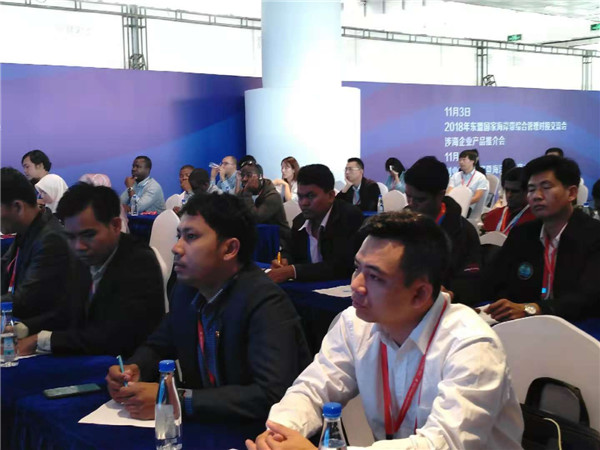
The Connection and Exchange Conference of 2018 Training Workshop for ASEAN Countries
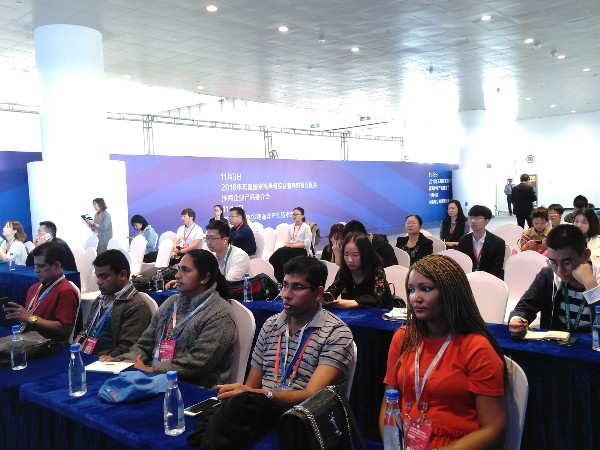
The Connection and Exchange Conference of 2018 Training Workshop for ASEAN Countries
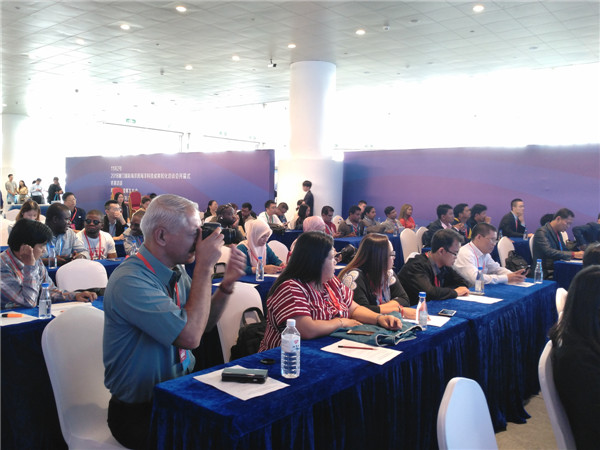
The Connection and Exchange Conference of 2018 Training Workshop for ASEAN Countries

